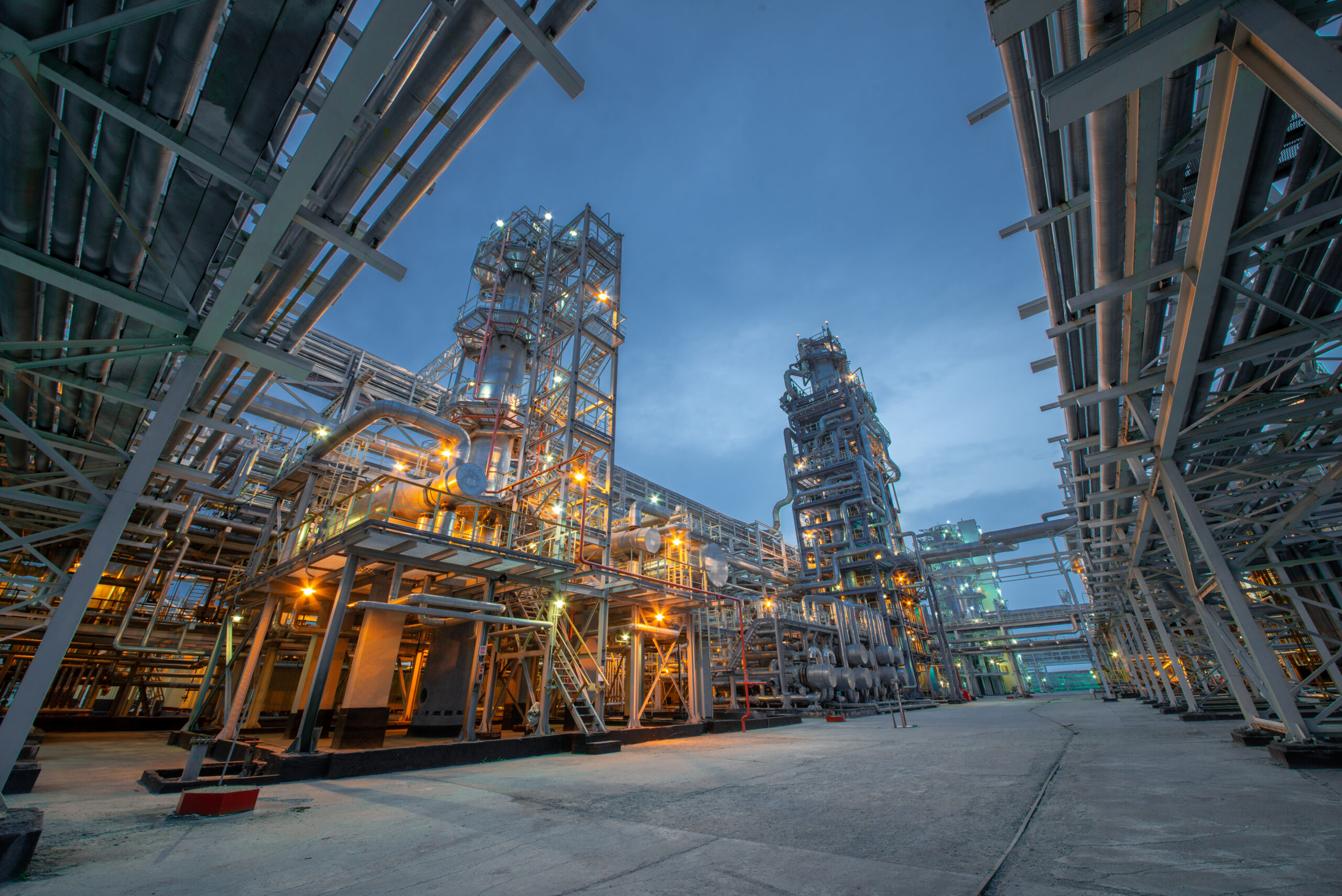3 Common Lighting Mistakes That Can Lead to Injury
June 3, 2024
Understand mistakes when setting up worksite lighting and how to avoid potential injuries that could leave your company liable.
Understand mistakes when setting up worksite lighting and how to avoid potential injuries that could leave your company liable.

Before the light bulb was invented, working by the flicker of candlelight was common. Miners relied on candles or fire-lit headlamps until around 1915, when electric light headlamps were invented. Even then, it was years before electric headlamps were commonly used.
Today, we know that the human brain takes in 80% of its information from sight alone. Proper lighting significantly enhances employee safety by improving visibility, assisting workers in making more informed and safer decisions while completing tasks.
Consider the work environments your employees operate in. Are there any areas that are dimly lit or completely dark? These poorly lit spaces hinder employees from clearly seeing their work, potentially leading to accidents. Inadequate lighting can cause them to overlook crucial details, such as a sharp edge, an exposed wire or power cords, thereby increasing the risk of injuries.
Effective lighting is essential for maintaining a safe indoor workplace. Poor lighting can lead to a range of issues, from eye strain and headaches to serious accidents caused by tripping or falling.
Consider this: enhancing visibility in indoor settings not only helps identify potential hazards but also has a direct impact on productivity. Poor lighting can slow employees down as they strain to see what they are doing, decreasing overall work efficiency.
By installing sufficient overhead lights, task lighting and emergency lighting, you ensure that all areas are well-lit and safe to navigate. Additionally, you could consider natural lighting options, such as skylights or windows, to reduce the need for artificial light during the day.
Adequate lighting becomes even more crucial in outdoor work environments. Conditions outside can vary greatly, and the lack of natural light during dawn, dusk and nighttime can significantly compromise safety. These situations are dangerous and can leave a company liable for any injuries sustained.
Proper outdoor lighting helps prevent accidents by clearly illuminating pathways, work zones and hazardous areas. Additionally, it aids in the operation of heavy machinery and vehicles by ensuring operators have a clear view of their surroundings, thereby reducing the risk of collisions and accidents.
It’s essential to regularly assess outdoor lighting needs as the seasons change and daylight hours fluctuate. Installing motion-activated lights or setting up timers can also help conserve energy while providing adequate lighting when needed. If your employees move from job site to job site, consider portable work lights, which can be battery-operated, rechargeable or corded.
You might not realize how much lighting can transform an environment. The right lighting can make all the difference for employees, especially when it comes to specific tasks and settings. When picking out light sources, consider these key factors:
Investing in quality lighting is crucial for companies aiming to prevent injuries, protect employee well-being and reduce claims. Proper indoor and outdoor lighting ensures a safer, more productive environment by minimizing hazards and maximizing visibility. This commitment to excellent lighting highlights a company’s dedication to the health and safety of its workforce.